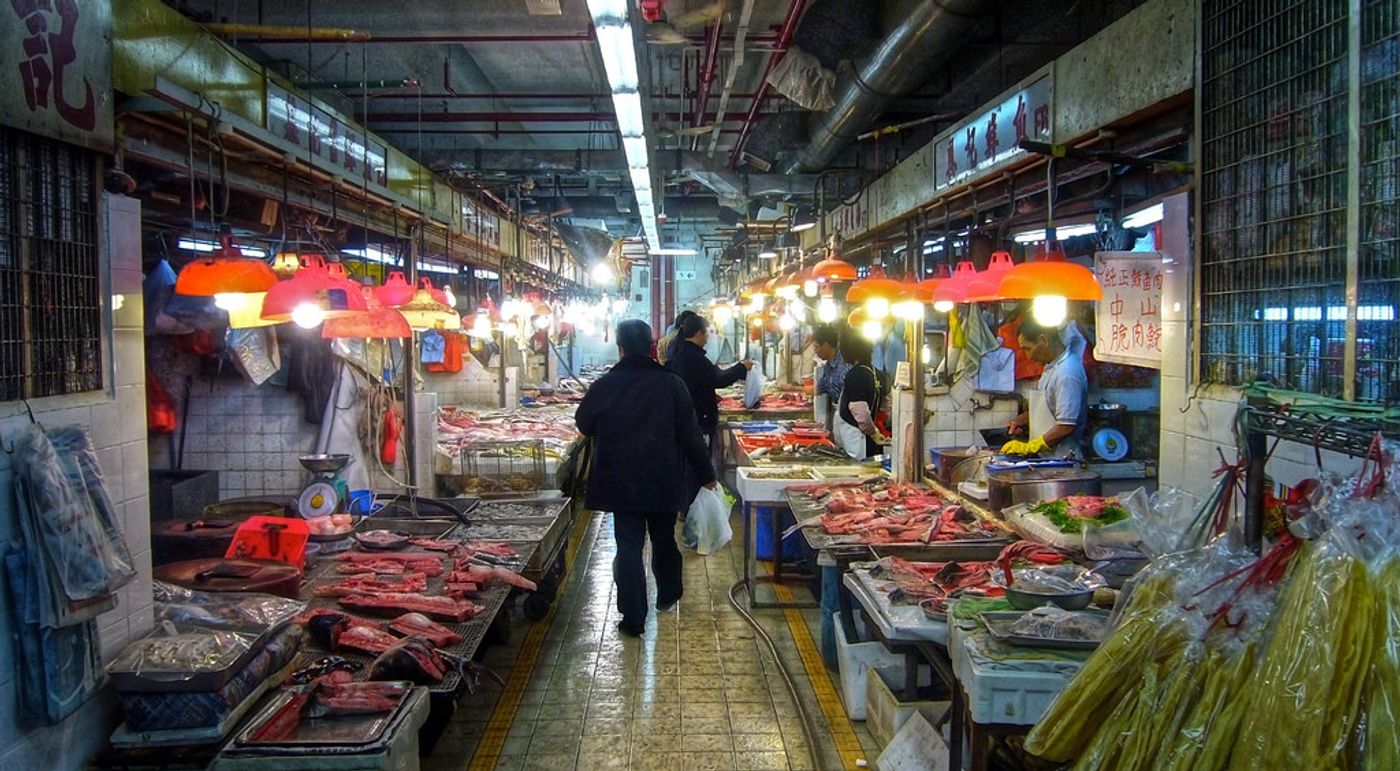In 1985 China’s foreign fishing industry was just a little dot on the radar. Today it covers the entire map.
With a distant-water fishing (DWF) fleet of 3,400 ships throughout 93 countries and an annual catch of approximately 15 million tons, China is the world’s top fisher twice over. To put the numbers into perspective, the U.S., which the world’s third-largest fisher, maintains merely 200 ships.
Following a report from the U.S.-based Wilson Center, the DWF growth was sparked by a nearly 50% collapse in China’s domestic fish stocks, as well as the country’s own 600% rise in per capita seafood demand. China became the world’s largest seafood exporter in 2012.
The subsequent race to send their fishing industries overseas is frightening economists and environmentalists alike, as China’s global fleet is already 2-3 times larger than what oceans can sustainably support. At the current rate, “stocks of all species currently fished for food are predicted to collapse by 2048,” the
World Wildlife Fund (WWF) has reported.
“While a handful of other countries maintain sizable DWF fleets, China’s is so large and their policies so weak that the impact is disproportionately large,” American University fisheries analyst Chris Carolin told
Mongabay News. “In effect, China’s own coastal environmental insecurity and lack of effective oversight is now being exported globally,” added in a recent article in
Muse Journal.
However, China seems to be playing dirty twofold. In addition to shipping their fisheries demand abroad, the nation’s DWF fleets are also taking advantage of less developed countries resources and roping these nations into a tricky cycle of power imbalances. Under the 1982 United Nations Law of the Sea (UNCLOS), developing nations are allowed to lease fishing rights within their 200-mile Exclusive Economic Zones to richer countries like China. In exchange China offers infrastructure deals or discounts on wild-caught fish to the nations. But China appears to be making lots of these deals in secret, which results in an unprecedented percentage of undocumented illegal fishing. No area is more affected by this than West Africa.
“Whatever the scale, however, the effect on sustainability is glaring: according to the Global Ocean Commission, the situation in West Africa is “particularly grim,” with 53% of fish stocks overexploited and 43% fully exploited; only 4% of fish stocks are being fished at sustainable levels,” explains Mongabay News. According to a
2013 Greenpeace study, “From 2000-06 and 2011-13 there were 183 documented IUU fishing cases in six West African countries — Gambia, Guinea, Guinea-Bissau, Mauritania, Senegal and Sierra Leone — all of which involved Chinese-owned or flagged vessels. “At least 31% of them have engaged in illegal fishing activities more than once. Most of these vessels are bottom trawlers, one the most destructive fishing vessels in the industry,” authors wrote.
The situation is made worse because of the subsidies that the Chinese government gives to fisheries. Tabitha Mallory of the U.S.-based National Bureau of Asian Research found in her
latest study of Chinese fishing subsidies that “95% of the $6.5 billion doled out in subsidies in 2013 promoted overfishing, harming marine ecosystems.” The majority of this was allocated into fuel subsidies.These subsidies also impact the market. According to American University’s Carolin, “the subsidies artificially lower the value of a single fish, thus driving an increased effort to catch more, and creating a higher overall demand due to the low market price.””
Nevertheless, the cooperation of the world is needed too in this situation - as much of the demand for China’s fish comes from the US and Europe.
Sources:
Mongabay News,
Greenpeace,
Muse Journal,
NOAA










